Well, 2014 is one of those house guests I’ll be happy to say goodbye to. She was charming but temperamental and demanding and could be a real bitch at times. I’m hoping 2015 is a little more reliable and easy-going.
The year ahead for me will see the Inspector Ramirez series resurface after eighteen months in hiatus due to a change in publishers. Simon and Schuster Canada, my wonderful new publisher, saw major changes in 2014 itself, becoming a freestanding Canadian publisher. I love their optimism and professionalism.
The action in Hungry Ghosts is split between a northern Indian reserve and Cuba and involves the issue of murdered and missing indigenous women, as well as an art heist in Havana. All the familiar characters are there, including Charlie Pike. I know that Simon and Schuster Canada thinks that the developments in Cuban-American relations could be a game-changer for this series: fingers crossed! It will be out in Canada on June 2. I’ll be hosting an art exhibition as part of the launch and that has me very excited. (See previous post; there are some amazing artists involved in this venture.)
(By the way, I’m still looking for a U.S. publisher for Hungry Ghosts and the fourth book in the series, Umbrella Man: I hold all the rights outside of Canada to these two books, so if you’re a publisher and interested, phone me.)
The video montage/podcast of a prequel to the Ramirez series that I’ve been working on for years is stalled again. I’m thinking I may just release the audio in segments, serialized, but I haven’t yet given up on the video aspect of things. I’ll keep you posted.
Umbrella Man, the espionage thriller, will be published in 2015 and is out with external readers now. Very happy to have such accomplished group of beta readers: one teaches comparative Cuban-American literature in the U.S.; another has completed a graduate degree in detective fiction. The feedback so far has been great. Simon and Schuster loves this book and thinks it could be a breakout novel: it involves a CIA plot to kill Raul Castro.
I continue to work on Famine Bay (formerly called The Jigonsaseh), the story of how a Haudenosaunee peace woman ended up waging war on New France. I was lucky enough to get a Canada Council grant to research and write this one, and I love the story, which is based on a true one. Unfortunately, the early drafts have had some major structural issues: I hired Alex Schultz, my freelance editor, to help me identify what needs fixing. I should have his second pass back in a few weeks and then hope to finish the novel and start shopping it around.
So, while I didn’t have a book out in 2014 (with the exception of some foreign rights publications), it’s been a busy year on the writing front. A bit like synchronized swimming I think, where everything looks calm but there’s a lot of frantic activity going on beneath the surface.
Anyway, that’s my year ahead (that, and lots of house sales, I hope!) All the best to you in 2015 – have a Happy New Year!


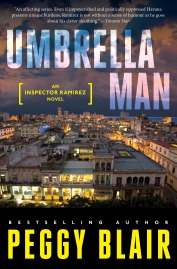
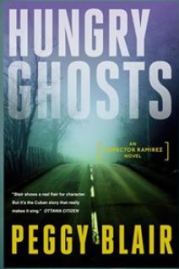
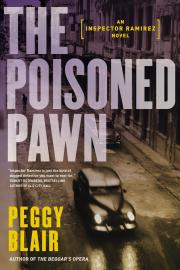
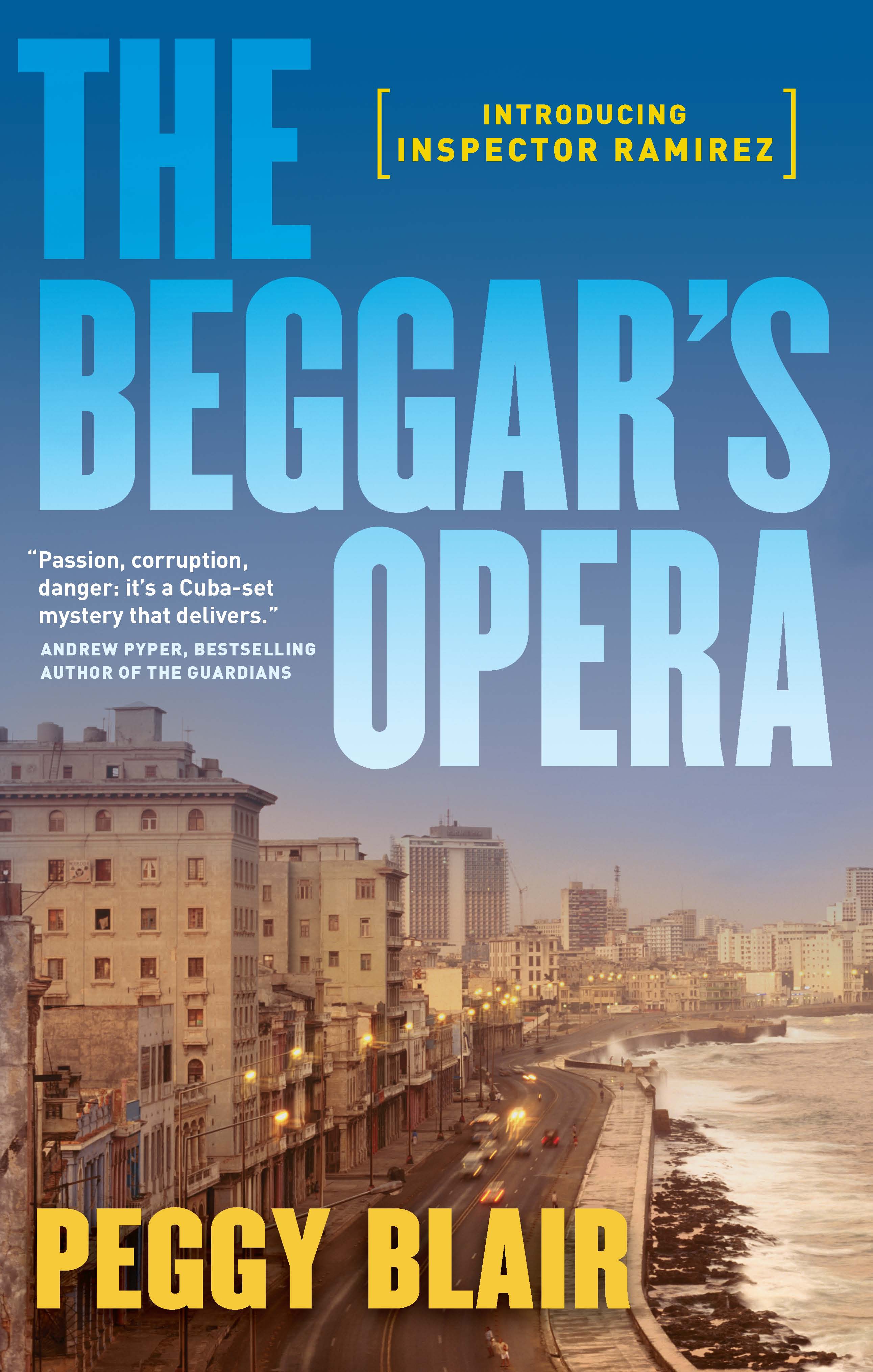
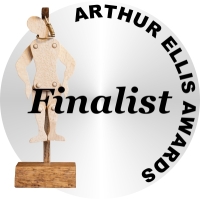
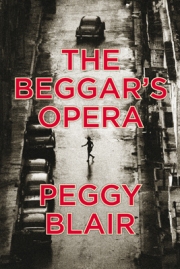

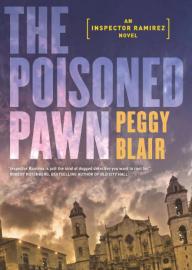







Happy New Year Peggy. I am anxiously awaiting the new book. All the best in 2015
LikeLike
Happy New Year to you too, Wayne! And to Gifty!
LikeLike
Happy New Year Peggy! I am positive the book will be worth the wait. I too hope 2015 is a calmer year. My resolution, which I seldom make, is to listen to that wise voice in my head. Cheers!
LikeLiked by 1 person
Sorry, that was me..Debbie. Didn’t listen already.
LikeLike
Happy New Year to you too!
LikeLike
Hi Peggy,
Happy 2015, but I was trying to comment on the map making as I had the parallel dilemma
What worked for me was to start with just geography and linguistics.
The fertile woodland and the rocky shield is also the Iroquois-Algonqonkin root language division and the sedentary-nomadic lifestyle division.
Because of soil depletion people move locations of settlements and slightly change names.
For large migrations a tribe will slightly change their name leaving a geographical history, especially if they cross ‘great water’.
Examples are Ojibwa to Chippewa, crossing the big rapids from Lake Superior, and Wendat-Wyendot crossing Lake Huron.
Likewise it seems, the Niagara river separates the Chonontowan and Senonontowan.
Both these mean ‘deer talkers’ (roughly) and combined they may be around 80,000-100,000 people.
On the north side they are neutral but south they joined the 5-Nation defense league and promised to guard the western ‘door’.
Because global plagues in the 1630s severely affected low populations, the Eastern door was the problem.
This was a ‘life or death’ survival issue as you know, but it is the primary motivation for the raids into Ontario and forced migration and assimilation of the whole language group in order to breed sufficient warriors to guard the eastern door.
Our (mis)educated 20-th century British viewpoint projected a mercantile motivation: beaver wars to control the fur trade. It was wrong, but it was less stupid than the French Jesuit version seeded in 1632 which projected perpetual war and a lot of burning at the stake from their own culture.of the time.
Another linguistic clue is -ake/aky meaning place names, e.g. Kanawake at the rapids, Wendake in Huronia and Kintake (around Kingston).
The migration of the ‘Charioquois’ of Champlain’s early account may be Cherokee before migrating to Kentucky as the iron age displaced woodland Iroquoian speakers from the Saint Lawrence and eastern Ontario..
The Tennessee valley is the south frontier of Iroquoian language group and eastern Ontario the northern.
A big trap of anachronism in modern mental map making is to look backwards and forget to replace the great wonder of the world which was the kanawake before dynamite and dredging and that seaway came along.
It had more water falling farther than Niagara but spread over a mile of smaller waterfalls and white-water channels.
Nobody, from the vikings on, could get a wooden boat by it as there is a loud and perpetual tsunami coming downstream.
Confusing up and down the river with going north and south is another trap. Combining the two errors produces Champlain shooting the rapids and going down to Lake Ontario to discover the great lakes, a surprisingly common misunderstanding.
I figure the ‘capital’ of Ontario’s Chonontowan will move around but stay close to the height of land between the Grand River watershed and Lake Ontario.
This babblement is probably in the wrong place but I’ll let you sort it, thanks.
Lawrence
LikeLike
Happy New Year to you as well! The linguistics are, of course, of great interest to me as well: Huron being a French word (based on the bristles on a hog’s head); Iroquois a misunderstanding of a word the French heard Haudensaunee people use at the end of their formal speeches. Senonontowan is interesting: Tsonnontouan in some French documents; I didn’t know its roots, so thanks for that! Always appreciate your comments. Cheers, Peggy
LikeLike
I have ‘Iroquois’ being derived from kaianerekowa (or in a different dialect gayanashagowa) meaning great law of peace. That law was the glue cementing their confederation. The supposed derivation from the 1630s was attributed to anonymous Basque sailors saying “hilokoa” meaning ‘killer people’ in Basque. When over-educated Jesuits quote anonymous sailors I get suspicious. Likewise with ‘-hronon’ which means ‘people’ in Wendat. Some sources give ‘-rhonon’ which shows French has no letter for “hr’ nor ‘rh’ but huron fits their tongue.
But the ‘anonymous sailor’ and his bristled boar provided some interesting research. In both Norman England and Norman France, the Norman nobles started claiming forests and meadows and naturally met resistance from the natives living in them. In England this was mythologized as Robin Hood. He essentially won since the Carta de Foresta guaranteed basic rights and limited expropriation. In France the same situation festered to that point of desperation where the wild boar stops running and turns to fight, bristling his head hair to look ferocious, and charging with great strength. Many hunters died since the wild boar is armed with two sharp tusks. Unfortunately, the original Normandy ‘Hurons’ charged all the way to Paris, overrunning it, but too far from the forest to defend themselves against Charles the Bad. So they lost, and the French language had “Huron villein” instead of “Merry Men” but the demographic is the same.
Another Norman-era curiosity killed the letter W in French. Warehouse receipts were ‘garants’ for imports until the English king created ‘warants’ instead. It was the same receipt except the importer paid for the official’s cost. So instead of adopting a simple W the French used ‘ou’, as in Ouendat/Wendat or a G as in Guillaume/William.
When the French, with no W, encounter the Wendat, they meet a people who have no M. In fact the Wendat language uses no sounds requiring the lips to close, no Bs or Ps either. The Wendat for Marie de Medici is Weridewedichi. When the people with M mix with the people with W, the metis emblem shows the M and W conjoined as a lazy eight on the red and white flag, perhaps originally wampum beads.
LikeLike
As always, you are an amazing source. Thanks for stopping in!
LikeLike
I was always told that Iroquois came from “hirokay” (sp), which was the way that Haudenonsaunee spokesmen finished their speeches. http://www.sacred-texts.com/nam/iro/ibr/ibr16.htm
LikeLike
Thanks, interesting link
The word ‘irocois’ first appears in print in 1603 in Champlain’s report of the Du Pont expedition. The title,”Des Sauvages” would have been a clear riff on Montaigne’s “Des cannibales” which was widely popular under the reign of Henri IV.
One context for the word irocois is the severed heads, left-overs which Innu (Montaignais) warriors brought back from a raid. Their uninhibited women danced provocatively celebrating the gruesome trophies. It was all too gruesome for Squair and Biggar a century ago: they ‘translated’ heads as scalps.
The dance, incidentally had no drumming mentioned, but Champlain does observe that the beat was kept by hands slapping on knees.
Another reference is du Pont sailing up the “River of the Irocois” where the Montagnais go to hunt their enemy/food source. They told him about the lake upstream but the boat was too big to go far. Six years later Champlain named the lake after himself and eventually renamed the river of the Irocois after his last boss, the much dreaded ‘Machievilist’ Richelieu.
In any case, Father Charlevois’ guess may be partially right, that it was a finale sign-off, but more likely from a death song than a friendly speech. Radisson mentions a Haudenosaunee shaman in effect turning himself over to Algonquins for supper (to preach peace at them, sayeth my muse).
Another source might be a derivation from iriakoin, meaning ‘red adders’. The ‘snakes’, nadowak (sp?), encompasses all longhouse people. Champlain’s guides mention that there are bad Irocois and good ones, meaning their allies, the Wendat.
LikeLike
Hmm. No snake clan among the Mohawks ….Turtle, Wolf and Bear. I think it was more likely a sign-off, misunderstood like so many other things. But certainly a French name for them, and not their own. Cheers, Peggy
LikeLike
I also think the fact that the nations were oral cultures had a lot to do with the variations we see in names. Different people encountering them spelled different words phonetically: I remember being astonished to find so many different spellings for the names of individuals, too, even in otherwise contemporary documents.
As for Chippewas/Ojibways, as I recall, Chippewa was what the Americans called the Ojibway (or Ojibwa, as I so often see but have never used myself); have always found it interesting to see that name stick on this side of the border.
LikeLike
We seem to be writing at the same time! I almost asked if you were using phonetic spelling. I am.
Today I noticed Champlain spelling Kebek as Quebecq. And I have lots of fun with the Kirke brothers: Cur, Quirk, Quer, Gurr, the French never settled on one but always introduced some twist.
I do note absences as well as presences in the primary sources, like the French consistently not noticing drumming, or not mentioning it when describing their observations of native practice. Song and dance was okay but. In Europe drums were for military and government since Roman empire days.
My understanding is that the Ojibwa experienced first contact in the viking era when they lived in the maritimes and gaspe. They sent word to all the inland tribes that wooden-boat people existed and were dangerous. A great gathering at kanawake discussed what to do in defence. To protect their wisdom the many shamans pooled their medical knowledge and recorded the natural cures in symbols on birchbark. Then they slowly migrated up the St. Lawrence and Great Lakes moving away from the potential danger. Of the seven stages (or council fires, prophesies etc) the fourth is when they are around Manitoulin Island and the French arrive, metal men catching up to them. circa 1610-1640, first contact with the French. Today we are all in the 7th fire when many people are waking up to the misunderstandings and illusions of previous eras.
I date the beginning of the 7th stage to the day Norval Moriseau first lifted his paintbrush with the intent to heal. But there are many views and individual interpretations, like many ways to spell things. It reminds me of Chuang Tzu/Zhuangzhi saying words and meanings were like rabbit traps, Once you had the rabbit, you could throw away the trap.
Now this sync swimmer must sink a while, I know the feeling, whale-like, a deep breath of oxygen, yummy, and a deep deep dive..
LikeLiked by 1 person
“Once you had the rabbit, you could throw away the trap.” Brilliant.
LikeLike